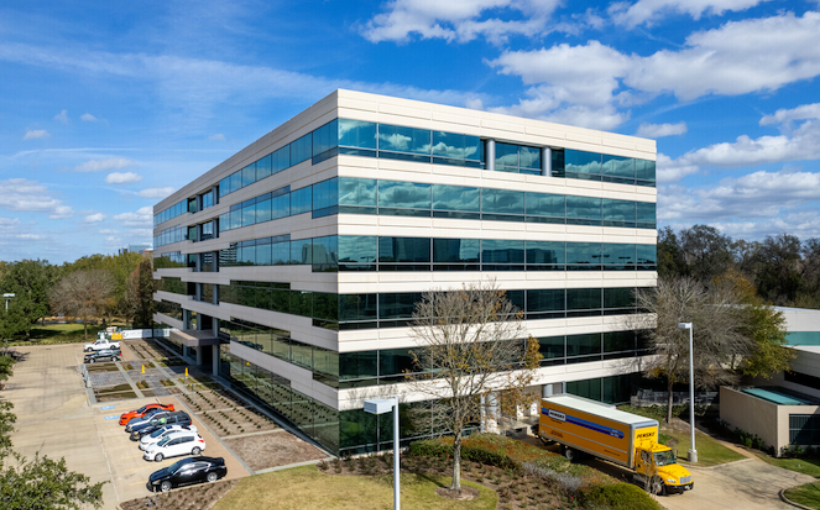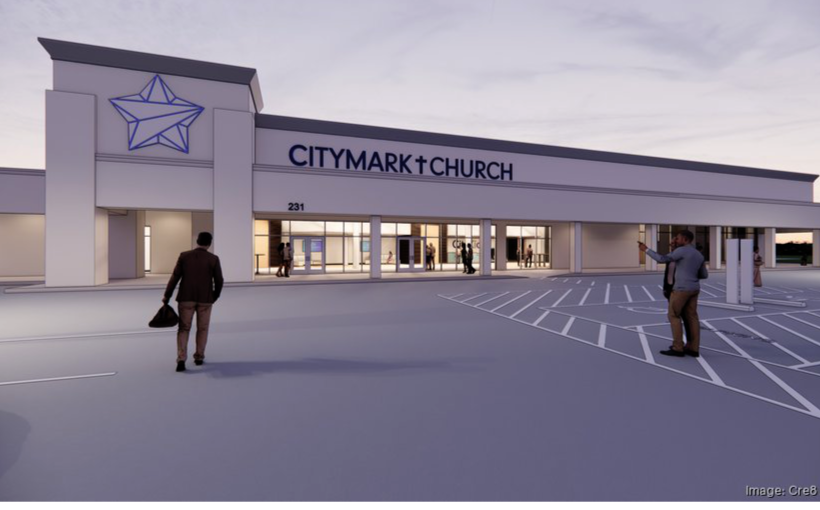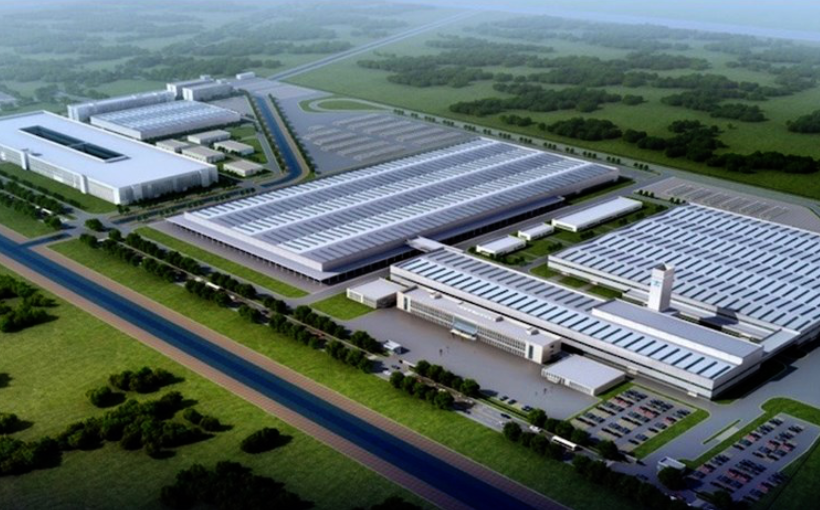### Two Words Define the Current Construction Situation: Uncertainty and Challenge
In 2024, the construction industry showed signs of improvement with falling interest rates and stable material costs, according to JLL’s 2025 U.S. Construction Outlook. However, as months passed, the landscape changed. Despite the U.S. presidential election now in the rear-view mirror, reports from both JLL and Cushman & Wakefield’s Winter 2025 Construction Insights highlight ongoing price increases and persistent uncertainty.
### Key Industry Challenges
#### Tariffs and Their Impact
The Trump administration has strongly supported tariffs as a means to strengthen the U.S. economy. However, without a clear policy framework, uncertainty has reached its peak, according to Cushman & Wakefield analysts. They note that material prices are already increasing in anticipation of potential changes.
JLL analysts explain that one-third of construction materials in the U.S. are imported, with half coming from Canada, Mexico, and China. This dependency heightens the lack of certainty regarding cost increases, complicating project forecasting and budgeting.
An additional challenge stems from 2024’s stable material costs and declining interest rates, which led contractors to focus on labor retention in anticipation of increasing work demand. However, this has stretched financial resources, making it more difficult to accommodate rising material costs.
Furthermore, JLL analysts point out that typical responses to tariffs, such as stockpiling materials, are not financially feasible for most businesses. Global conflicts and supply chain disruptions further complicate efforts for even well-capitalized contractors.
#### Labor Shortages and Rising Costs
Labor costs and workforce shortages have long plagued the construction industry. According to Cushman & Wakefield’s analysis of the Royal Institution of Chartered Surveyors (RICS) Q3 2024 survey, labor shortages remain one of the biggest constraints on construction activity.
One major concern is that a significant portion of the construction workforce is nearing retirement, with fewer younger workers entering the field. Additionally, Trump administration immigration policies could further contribute to labor shortages. JLL analysts also emphasize that there is a growing scarcity of technical expertise within the sector.
As a result of these shortages, wage growth is expected to continue into 2025 as companies compete for a diminishing labor pool.
### Navigating the Challenges
To address these ongoing challenges, JLL analysts suggest several strategic approaches for commercial real estate decision-makers:
– **Prioritize capital planning**
– **Consider alternative sourcing strategies**
– **Leverage insights from past challenges**
As the construction industry navigates this period of uncertainty and increasing costs, careful planning and strategic decision-making will be crucial for maintaining stability and project viability.
About the Publisher:
Steve Griffin is based in sunny Palm Harbor, Florida. He’s an accountant by profession and the owner of GRIFFIN Tax (www.griffintax.com) and REVVED Up Accounting (www.revvedupaccounting.com). In addition, Steve founded Madison Avenue Technology (www.madisonave.tech). With a strong passion for commercial real estate, he’s also dedicated to keeping you up to date with the latest industry news.




